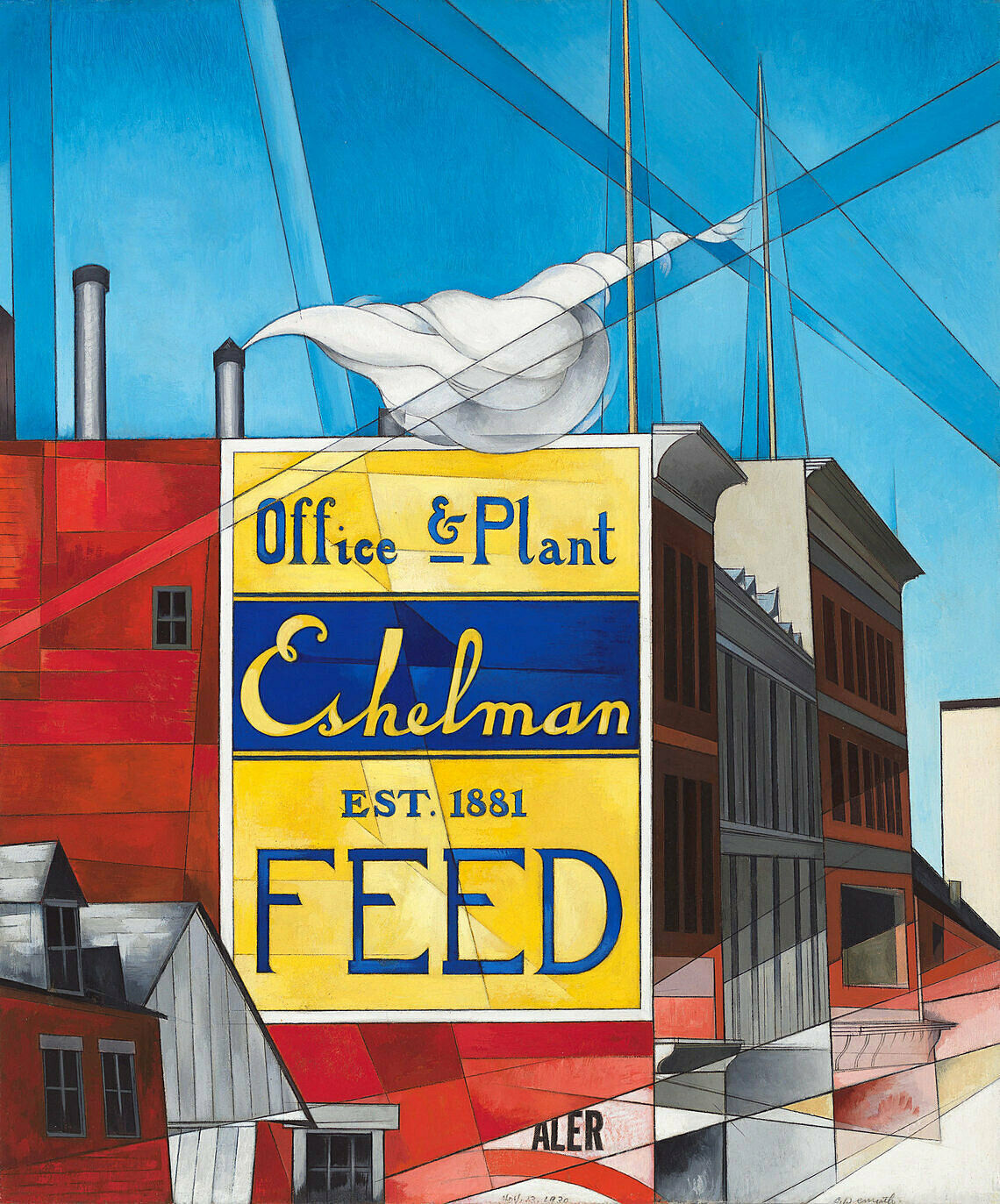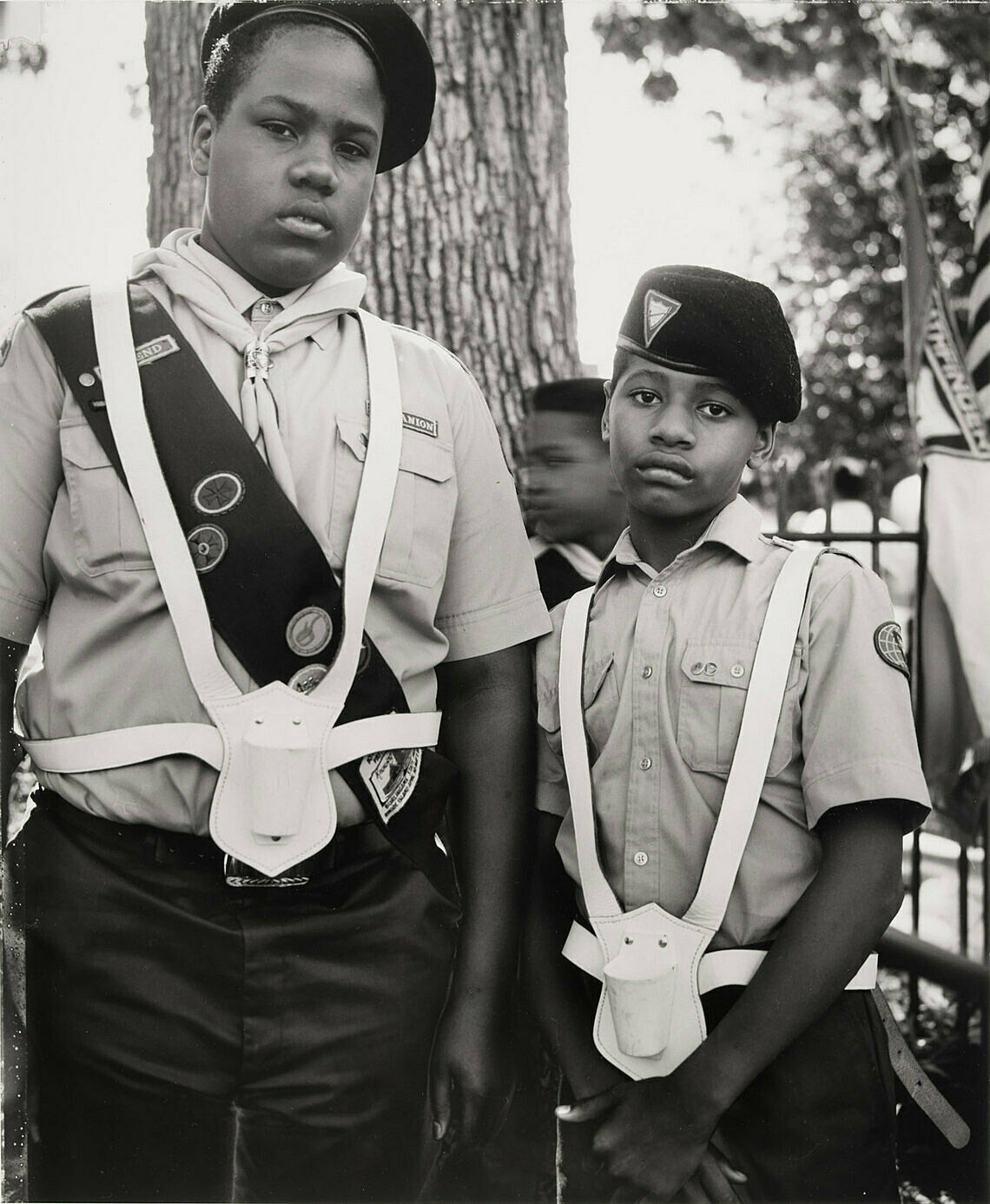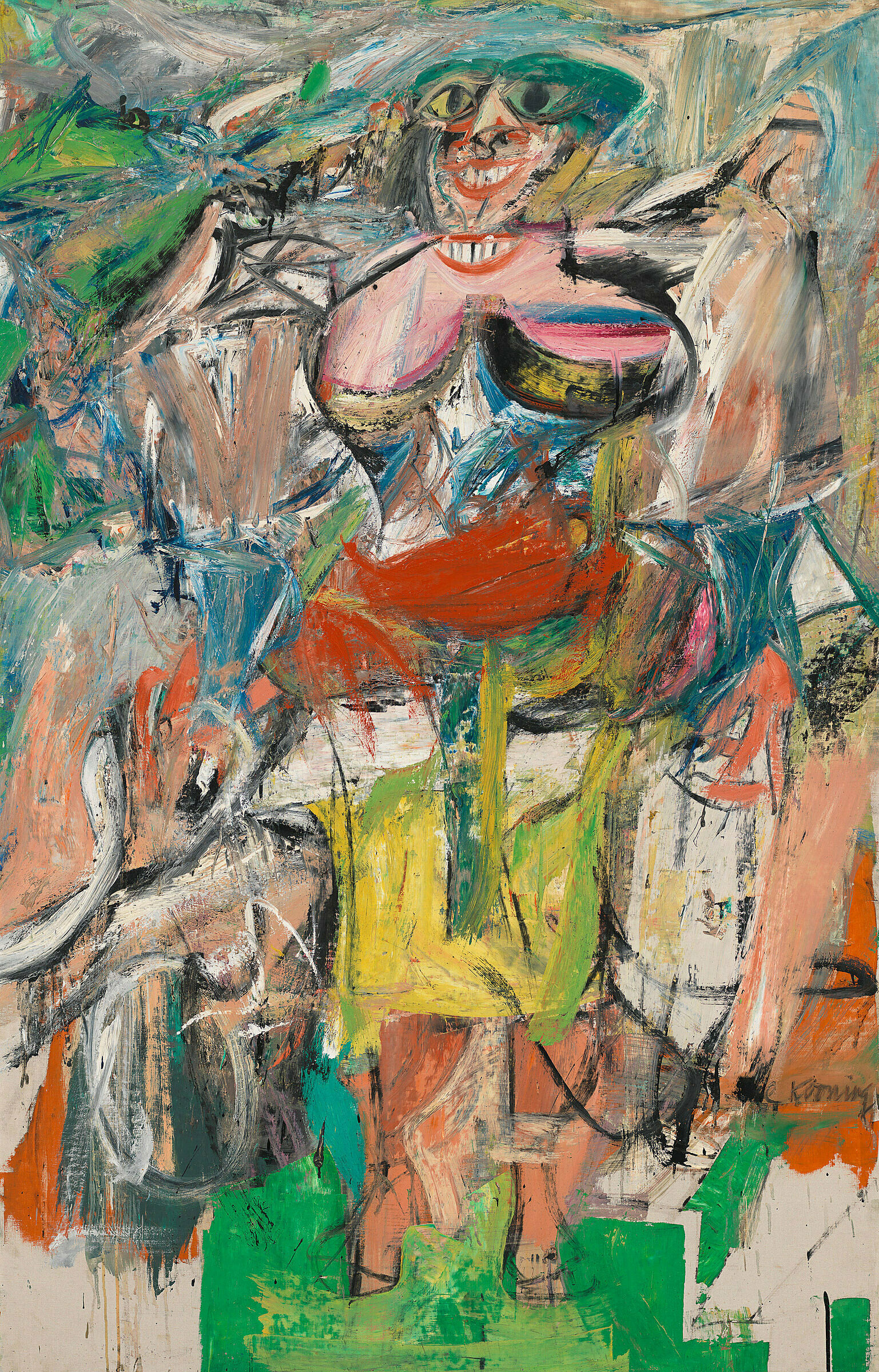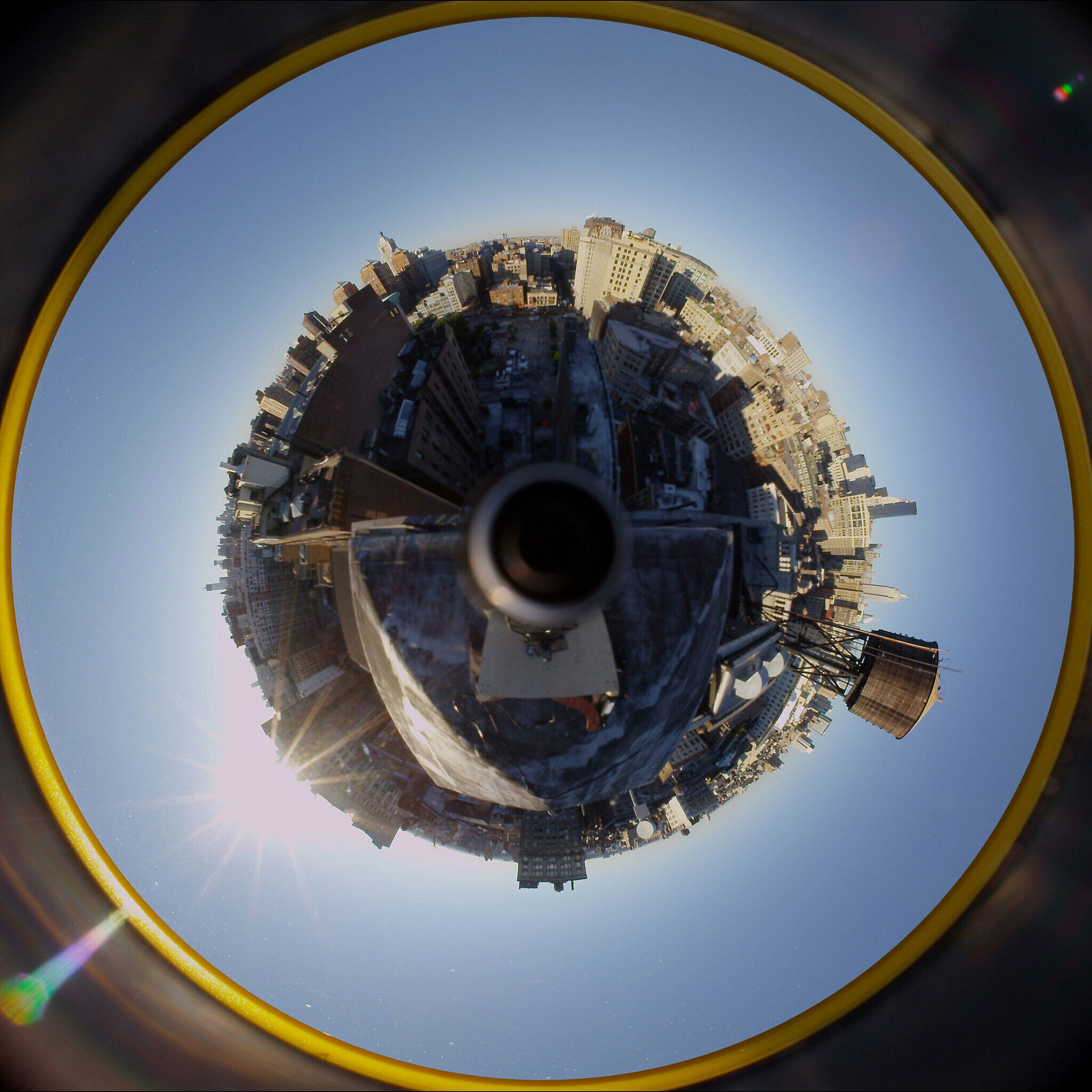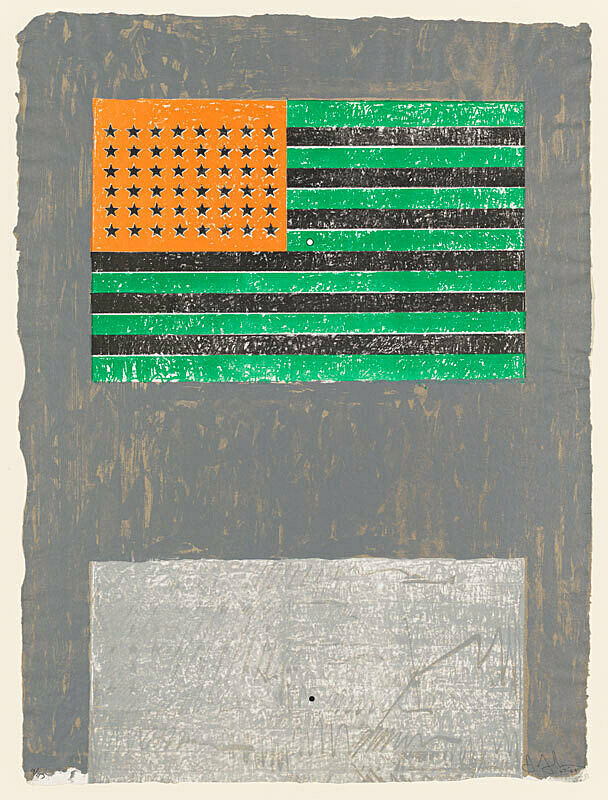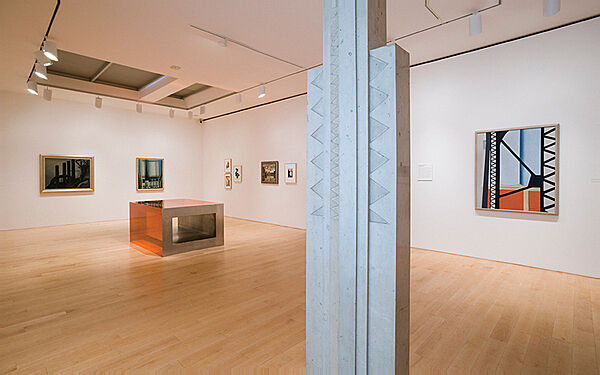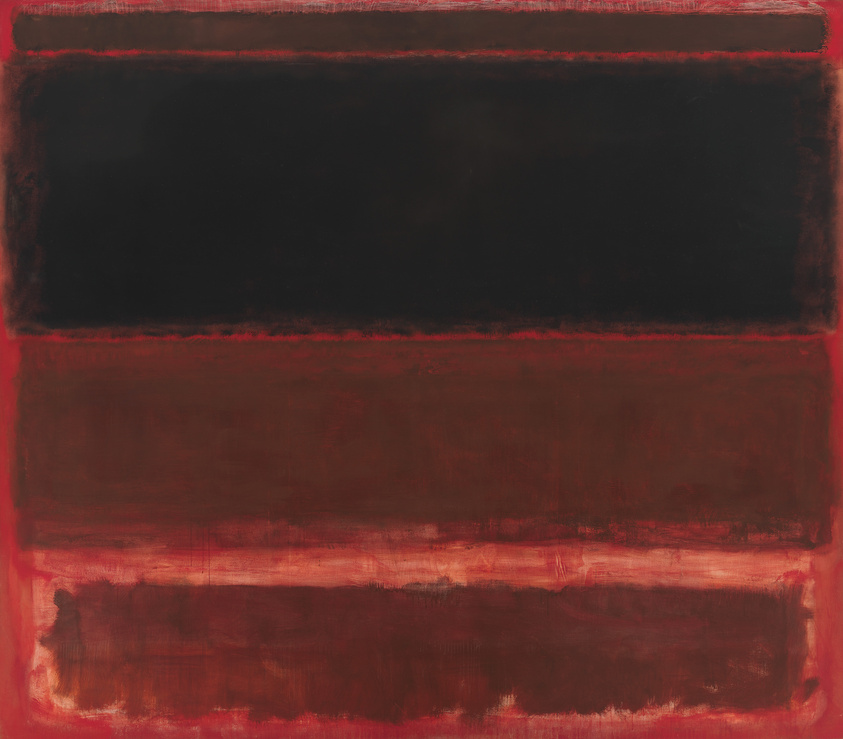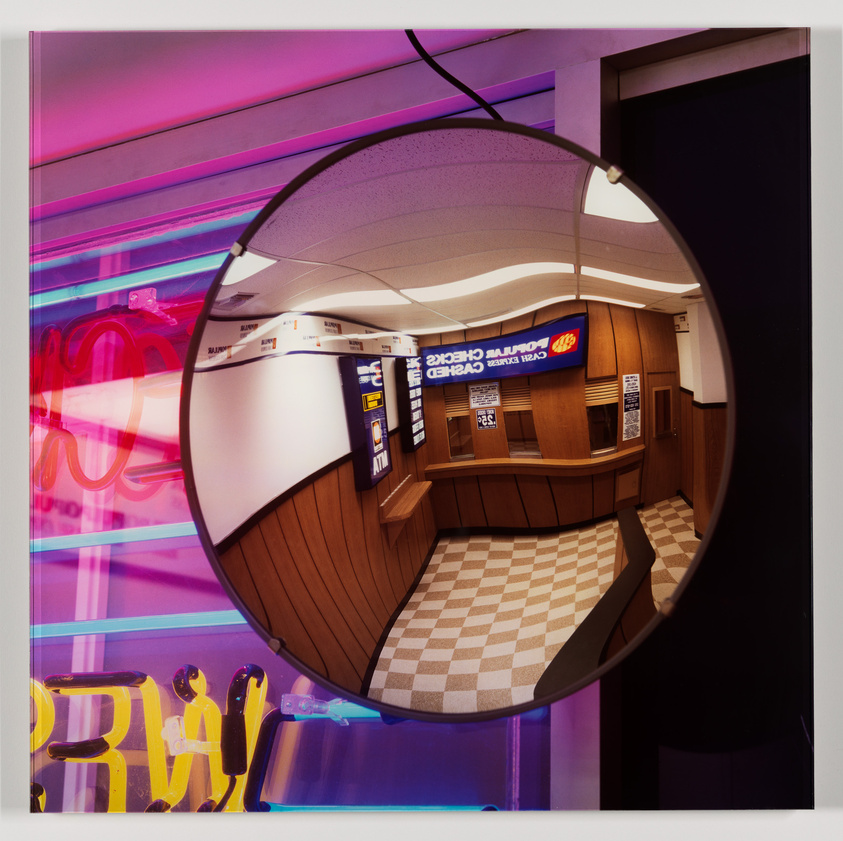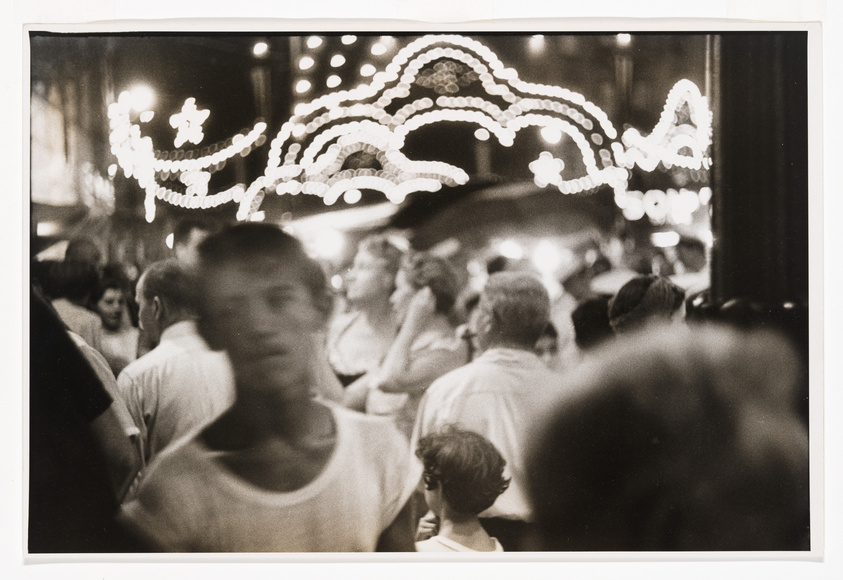Weegee
1899–1968
Introduction
Arthur (Usher) Fellig (June 12, 1899 – December 26, 1968), known by his pseudonym Weegee, was a photographer and photojournalist, known for his stark black and white street photography in New York City.
Weegee worked in Manhattan's Lower East Side as a press photographer during the 1930s and 1940s and developed his signature style by following the city's emergency services and documenting their activity. Much of his work depicted unflinchingly realistic scenes of urban life, crime, injury and death. Weegee published photographic books and also worked in cinema, initially making his own short films and later collaborating with film directors such as Jack Donohue and Stanley Kubrick.
Weegee was born Ascher (later modified to Usher) Fellig in Złoczów (now Zolochiv, Ukraine), near Lemberg in Austrian Galicia. His given name was changed to Arthur after he immigrated with his family to New York in 1909. The father of the family, Bernard Fellig, emigrated in 1908, followed in 1909 by his wife and their four children, including "Usher Felik", as his name was spelled on the steerage passenger list of the steamship, Kaiserin Auguste Victoria. In Brooklyn, where they settled, he took numerous odd jobs, including working as a street photographer of children on his pony and as an assistant to a commercial photographer. In 1924 he was hired as a darkroom technician by Acme Newspictures (later United Press International Photos). He left Acme in 1935 to become a freelance photographer. Describing his beginnings, Weegee stated:
In my particular case I didn't wait 'til somebody gave me a job or something, I went and created a job for myself—freelance photographer. And what I did, anybody else can do. What I did simply was this: I went down to Manhattan Police Headquarters and for two years I worked without a police card or any kind of credentials. When a story came over a police teletype, I would go to it. The idea was I sold the pictures to the newspapers. And naturally, I picked a story that meant something.
He worked at night and competed with the police to be first at the scene of a crime, selling his photographs to tabloids and photographic agencies. His photographs, centered around Manhattan police headquarters, were soon published by the Daily News and other tabloids, as well as more upscale publication such as Life magazine.
In 1957, after developing diabetes, he moved in with Wilma Wilcox, a Quaker social worker whom he had known since the 1940s, and who cared for him and then cared for his work. He traveled extensively in Europe until 1964, working for the London Daily Mirror and on a variety of photography, film, lecture, and book projects. On December 26, 1968, Weegee died in New York at the age of 69.
Wikidata identifier
Q445857
Information from Wikipedia, made available under the Creative Commons Attribution-ShareAlike License. Accessed April 11, 2024.
Introduction
American photographer, active in New York City and Hollywood. Arthur Fellig, known as Weegee professionally, is noted for his photographs depicting crime and other newsworthy events, usually taken at night. His early career was spent as a freelance press photographer. He prided himself on his ability to arrive at the scene of a crime before the police, and derived his name from the phonetic pronunciation of the Ouija board. He sold his images to tabloid newspapers from 1935 through the 1940s, and published his first book, Naked City in 1945, followed by Weegee's People in 1946. Naked City was a commercial success and guaranteed his income. At this point he began taking portraits of celebrities and figures in the entertainment industry. He used a variety of trick lenses to distort and manipulate these images, and often exposed or exagerrated the imperfections of his subjects. He experimented with infrared film and flash to make exposures in darkness, particularly of people in darkened movie theaters. Weegee used a 4x5 Speed Graphic press camera and flash exclusively throughout his career; and is not known for his printing virtuosity, but for the elements of social critique in his photographs. He was a flamboyant character, and revelled in his own notoreity and mythology.
Country of birth
Poland
Roles
Artist, photographer
ULAN identifier
500032312
Names
Weegee, Arthur Fellig, Artur Felig, Asher Felig, Arthur H. Fellig, Usher Fellig, Arthur Felling, Vig'i, Weegee the Famous, Weejee, אשר פליג
Information from the Getty Research Institute's Union List of Artist Names ® (ULAN), made available under the ODC Attribution License. Accessed April 11, 2024.
36 works
-
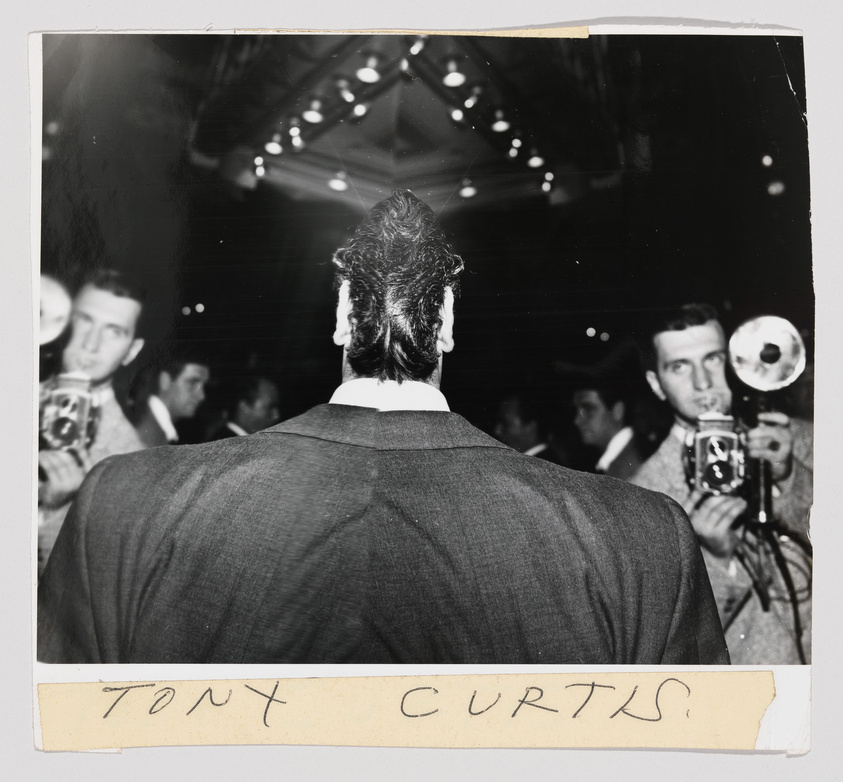
Tony Curtis
c. 1960 -
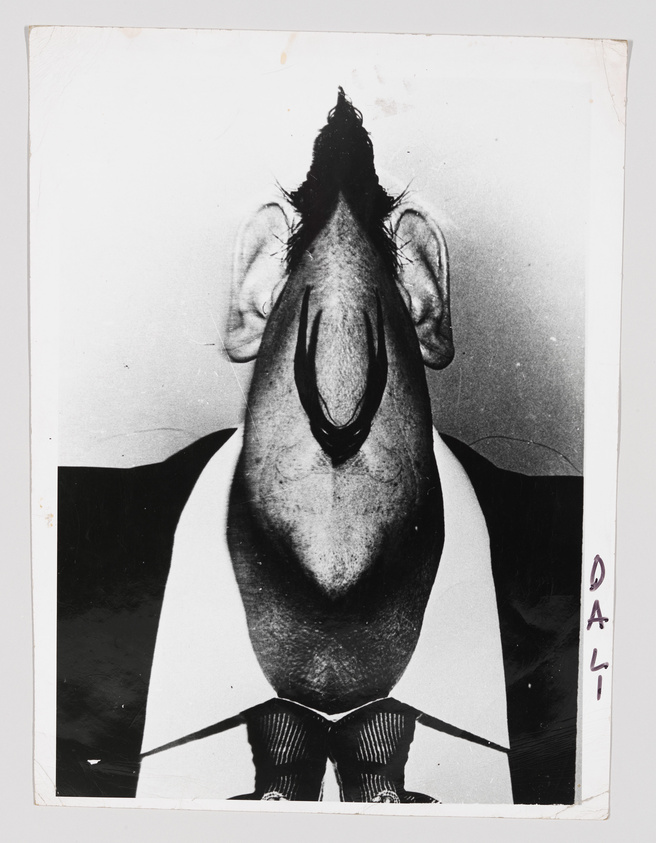
Dali
c. 1960 -
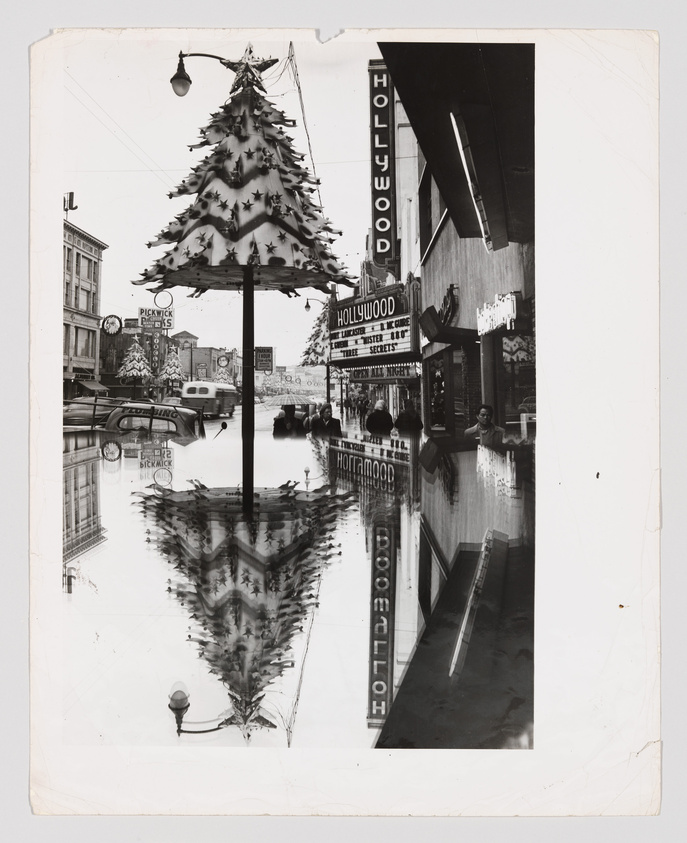
(Hollywood Theater)
c. 1960 -
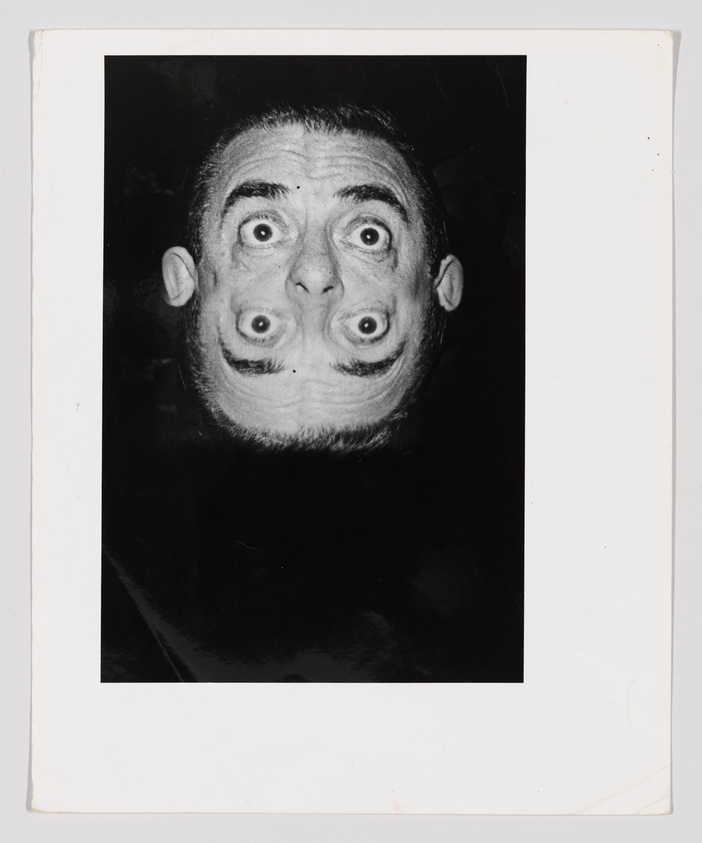
Eddie Cantor
c. 1960 -
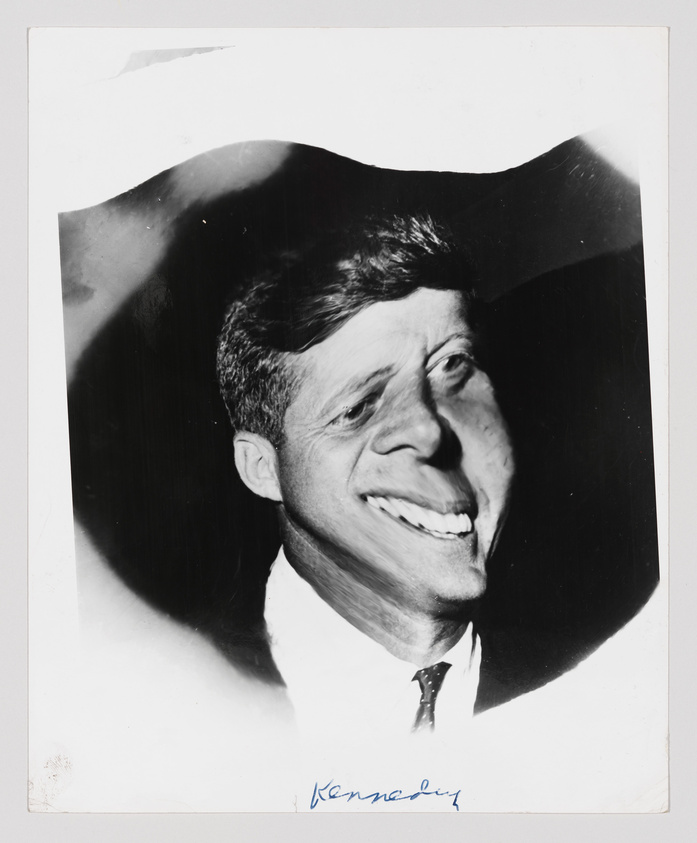
Kennedy
c. 1960 -
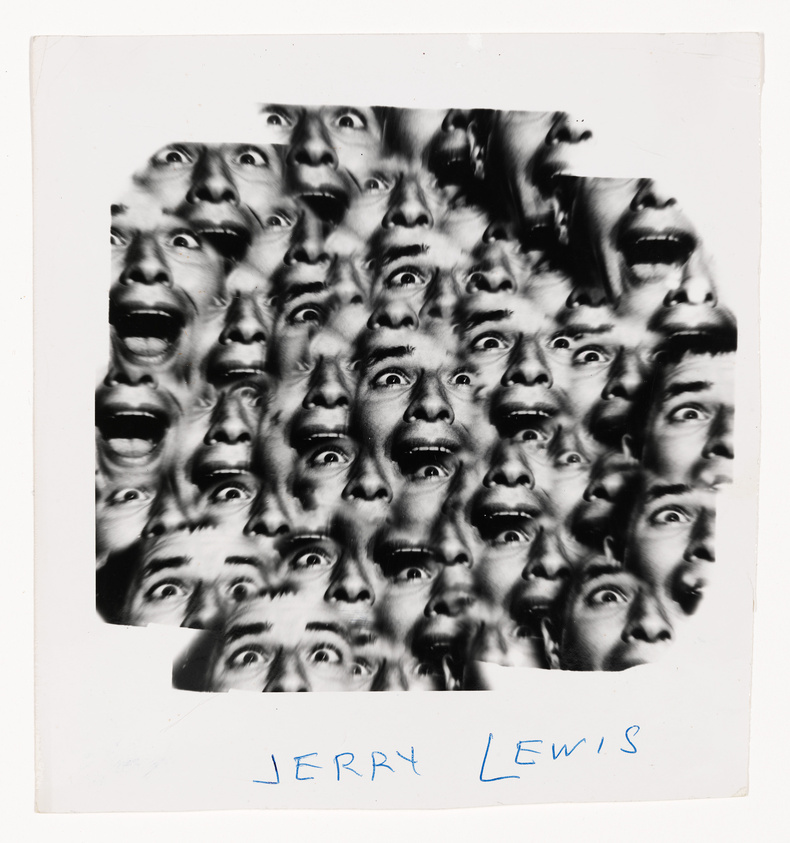
Jerry Lewis
c. 1960 -
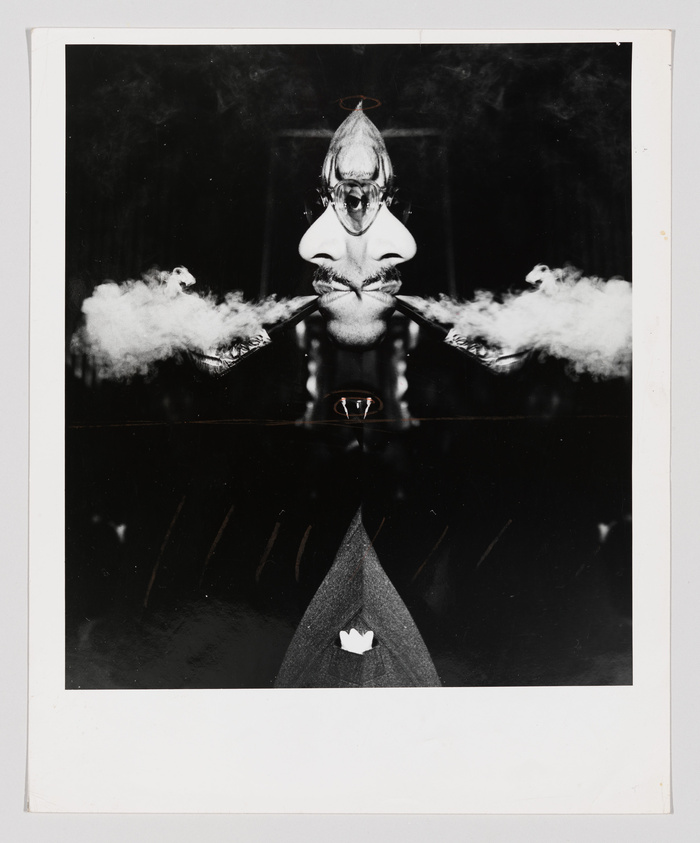
(Man with pipe)
c. 1960 -
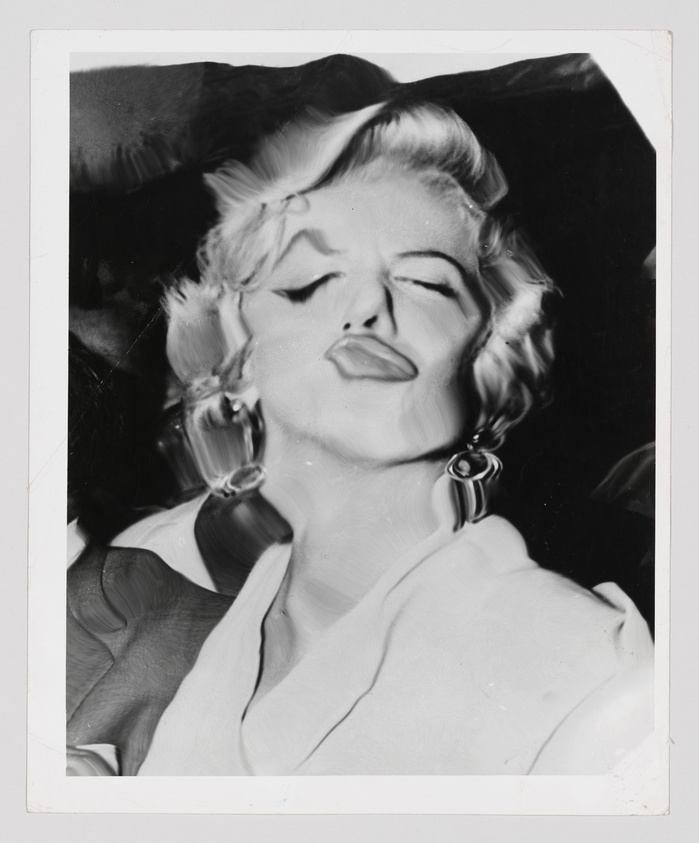
Monroe
c. 1960 -
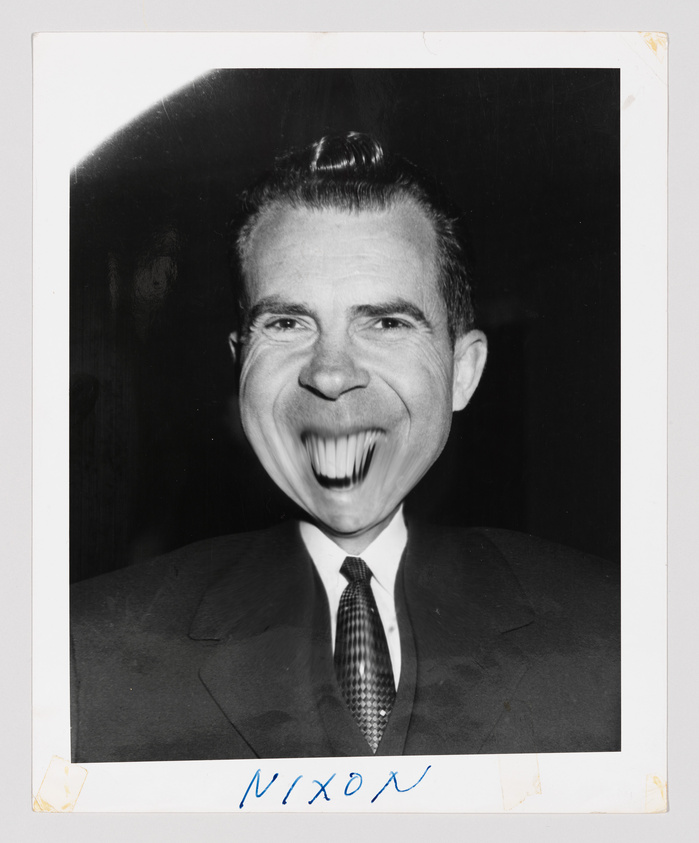
Nixon
c. 1960 -
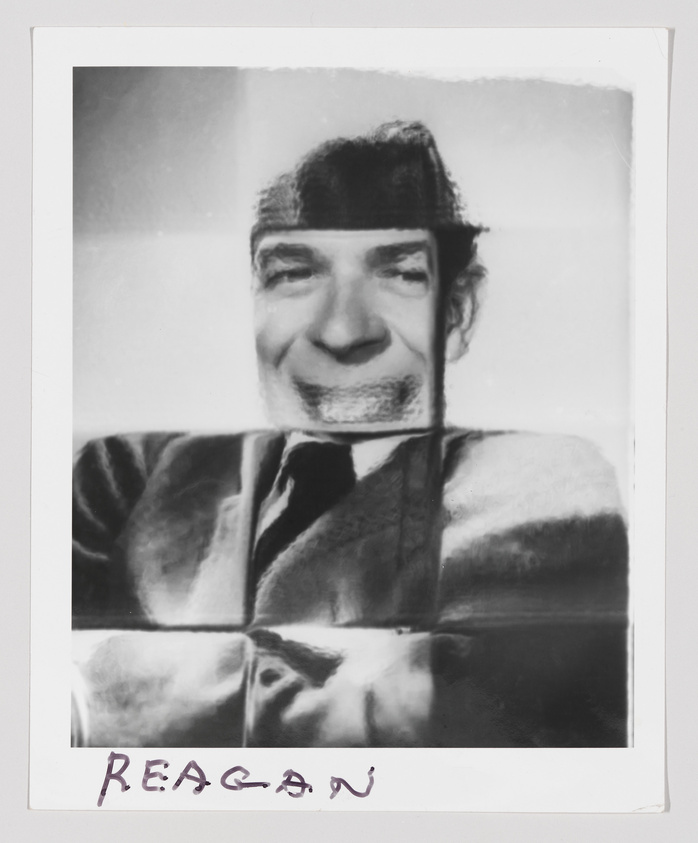
Reagan
c. 1960 -
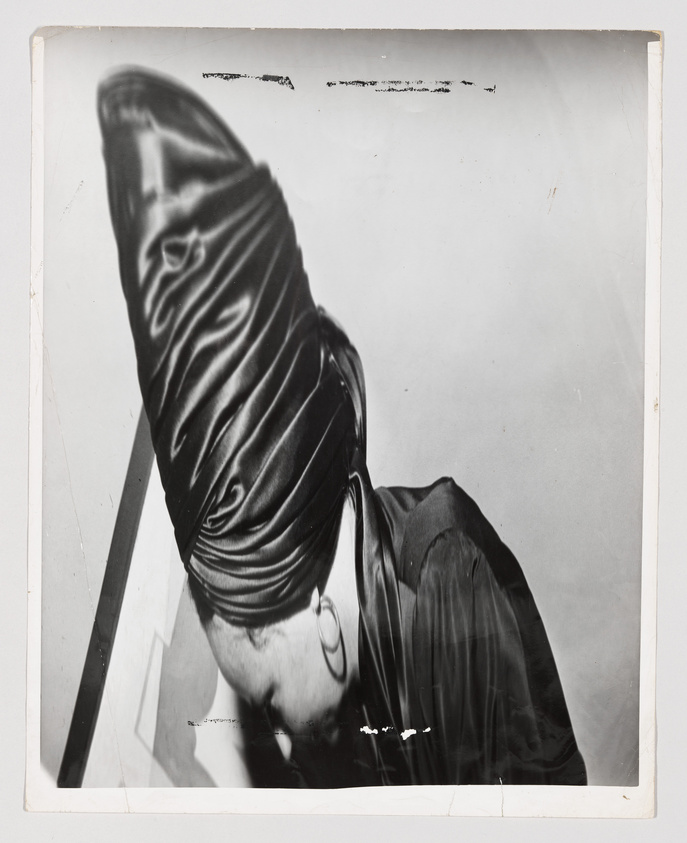
(Woman with turban)
c. 1960 -
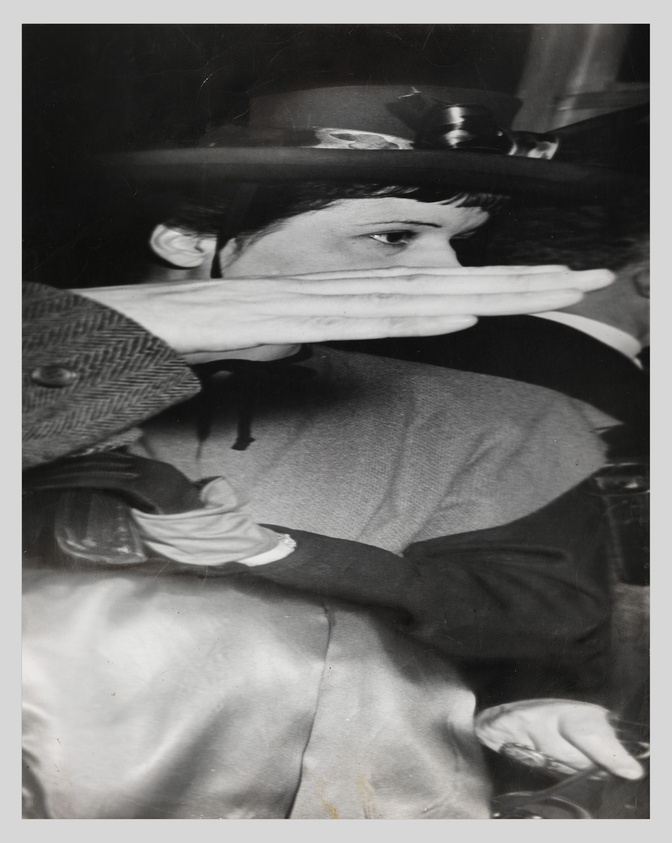
Dawn Powell
c. 1960 -
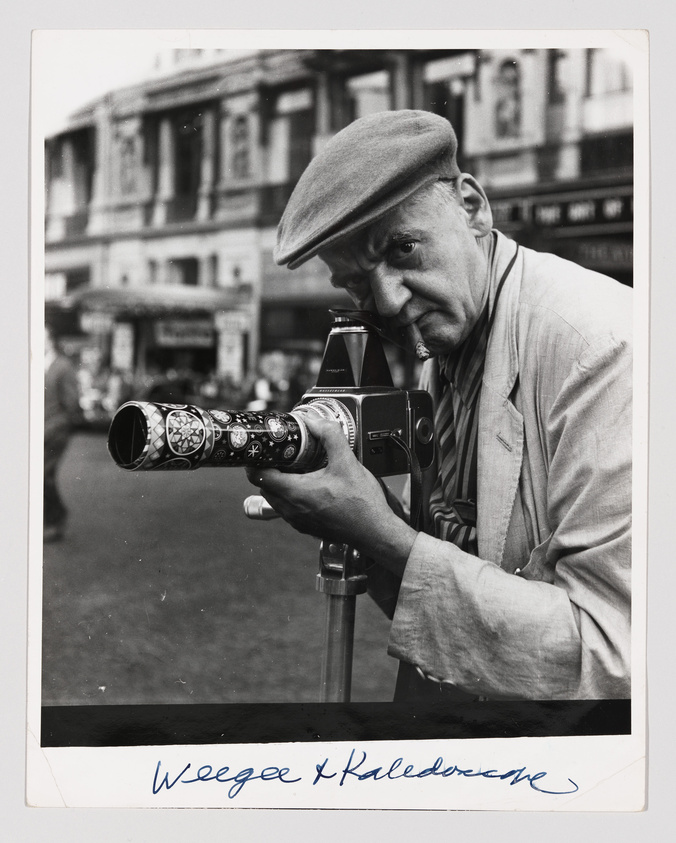
Untitled (Weegee and kaleidoscope)
c. 1955 -
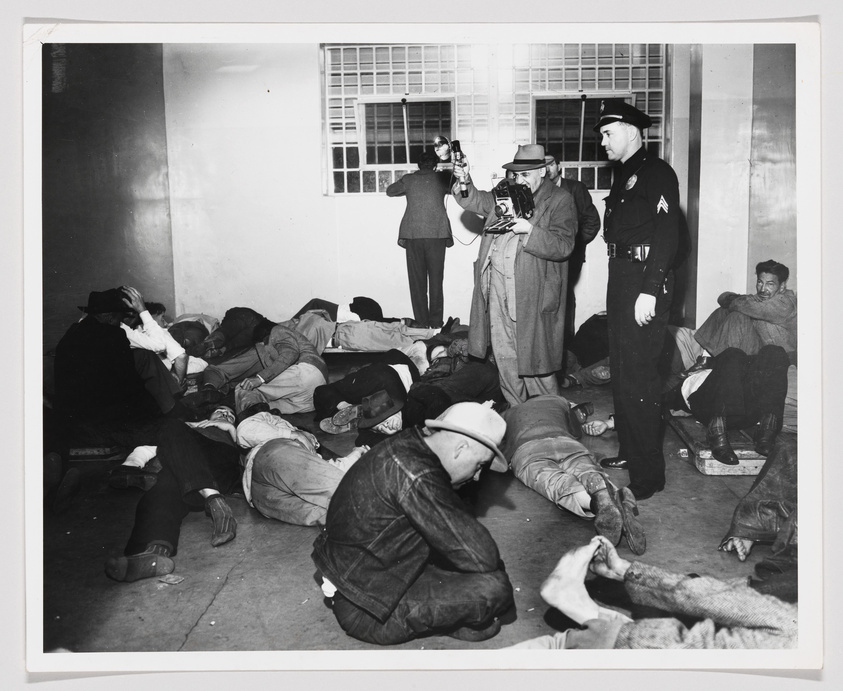
Untitled (Weegee in holding cell)
c. 1950 -
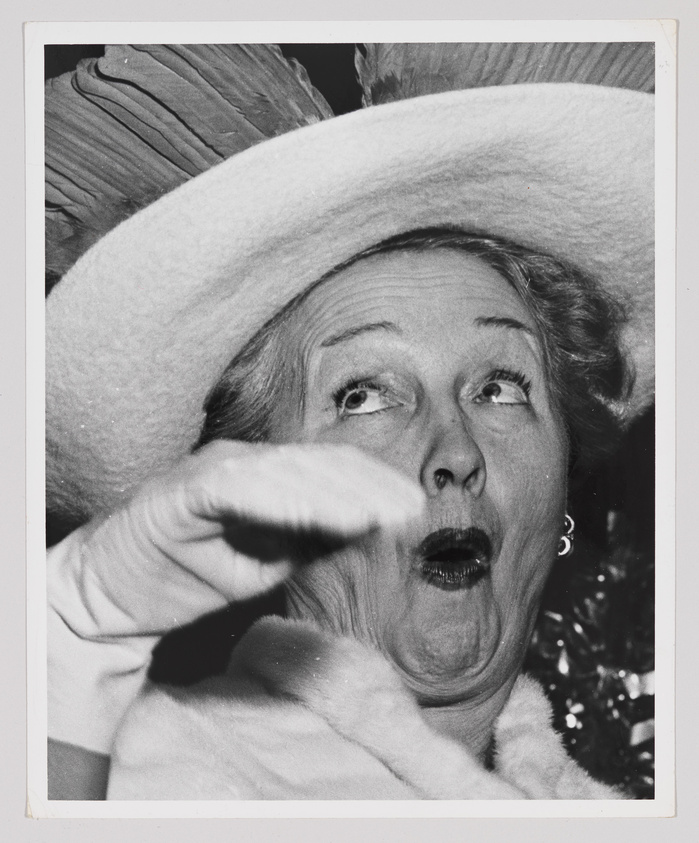
Hedda Hopper
c. 1950 -
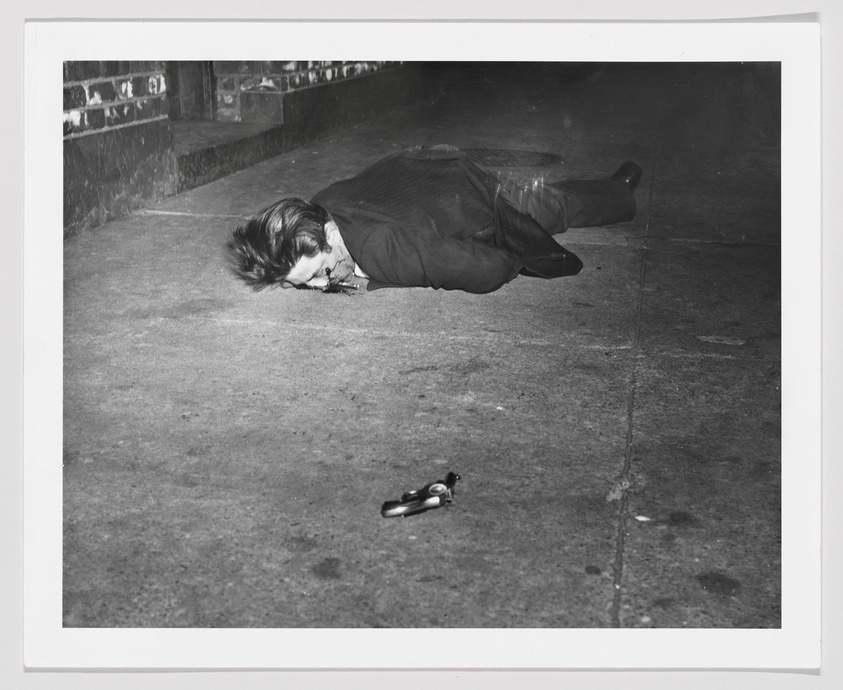
Untitled (Dead man and gun)
c. 1945 -
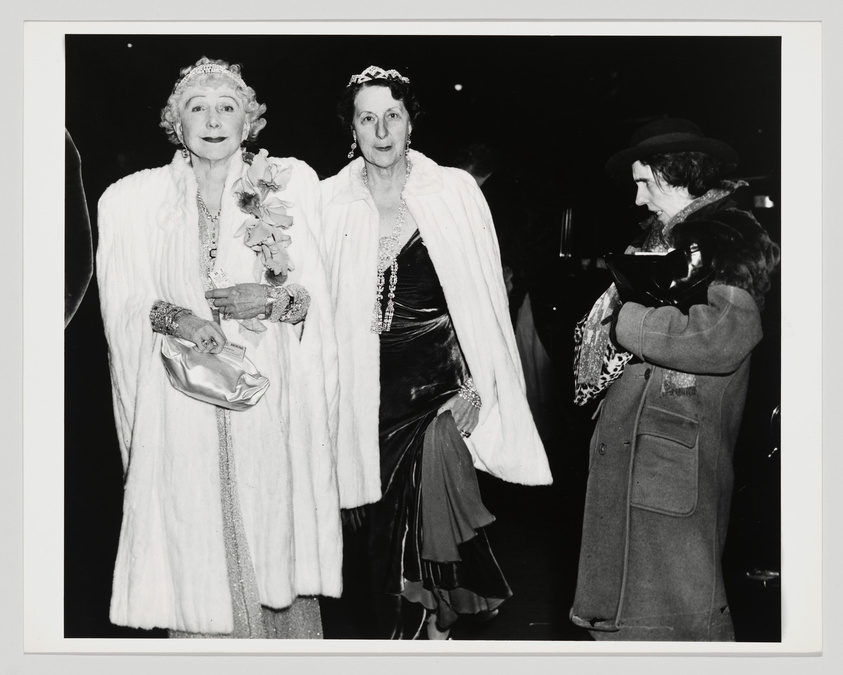
The Critic
1943 -
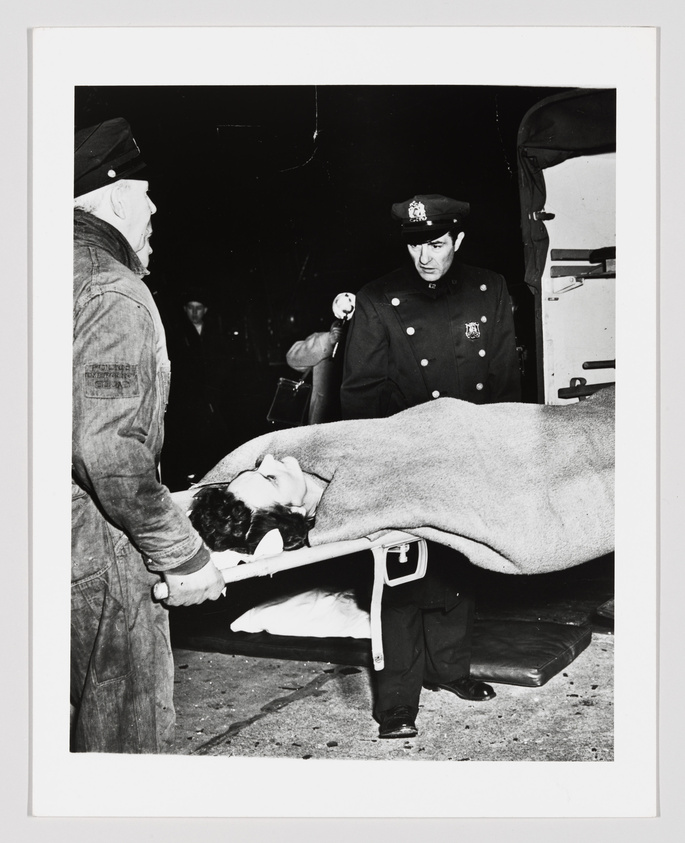
...and the human cop
1943 -
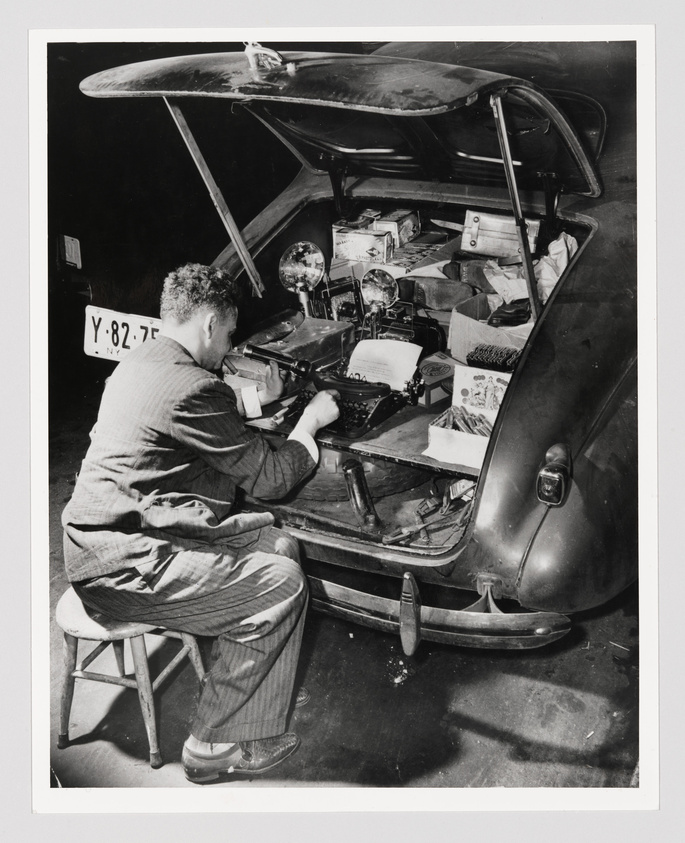
I typed my own captions for my pictures
c. 1943, print date unknown -
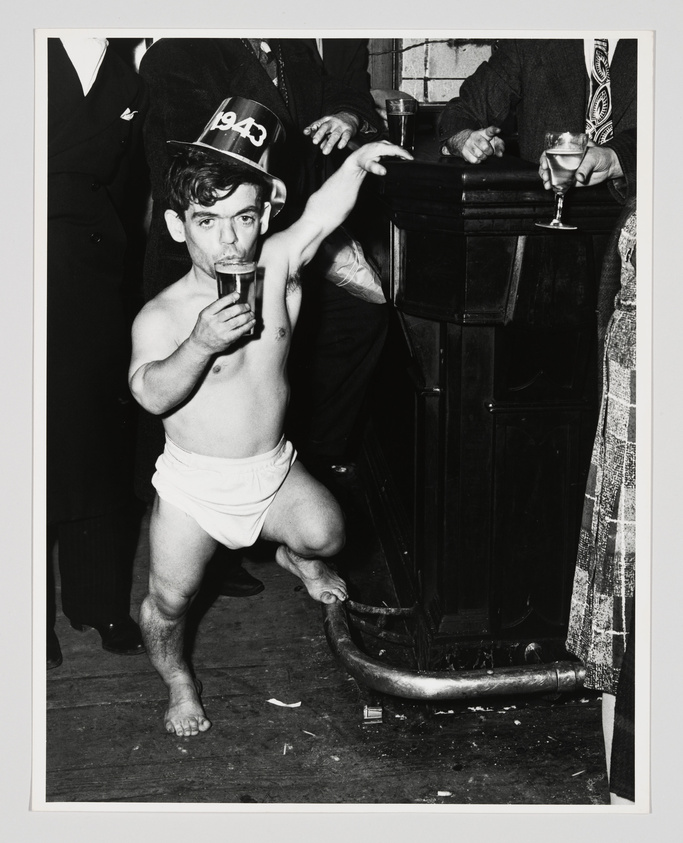
Shorty, The Bowery Cherub, Welcomes In The New Year
1943 -
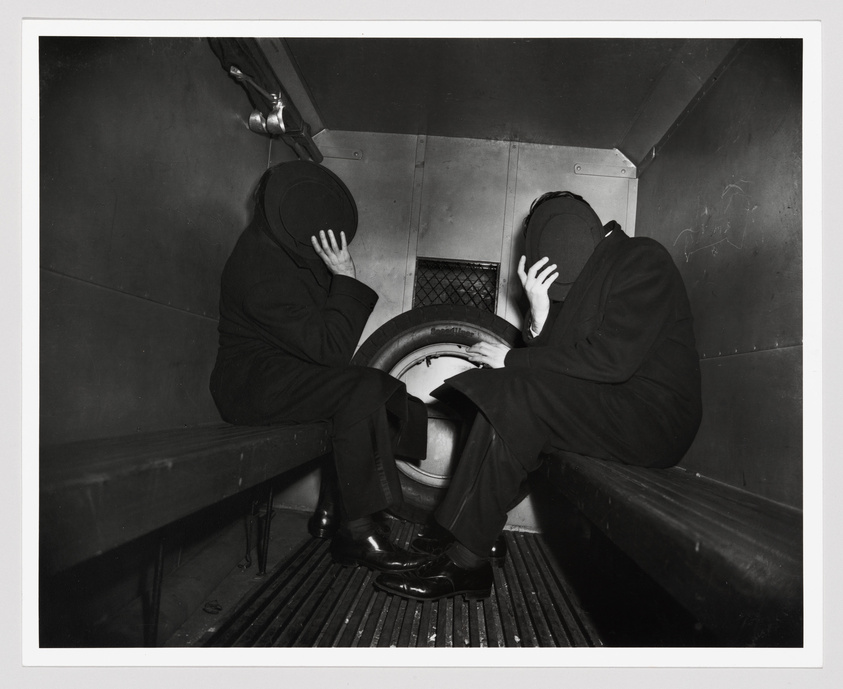
Untitled (Charles Sodokoff and Arthur Webber Use Their Top Hats to Hide Their Faces)
1942, print date unknown -
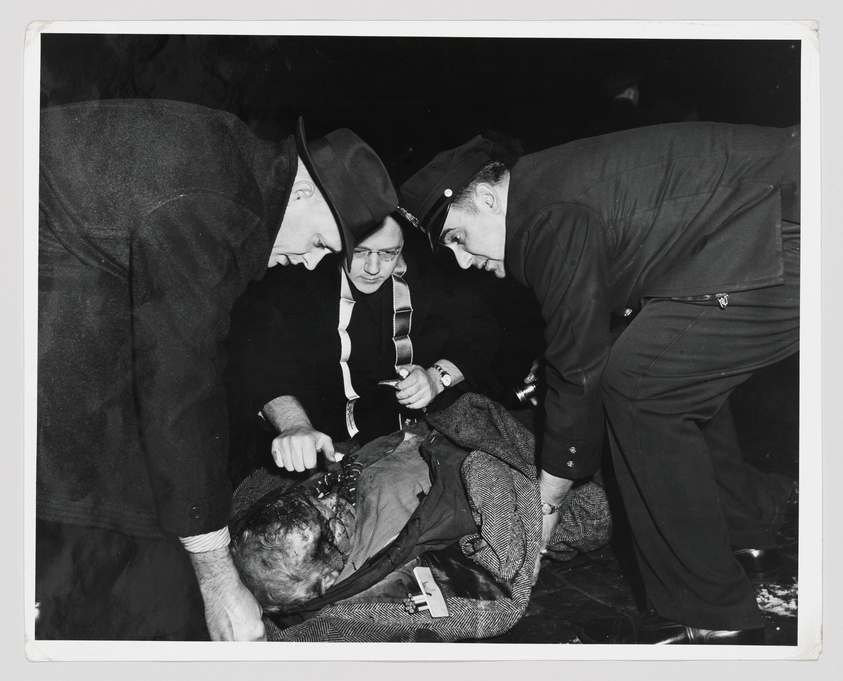
A passing priest gives the injured man the last rites of the Church
1942 -
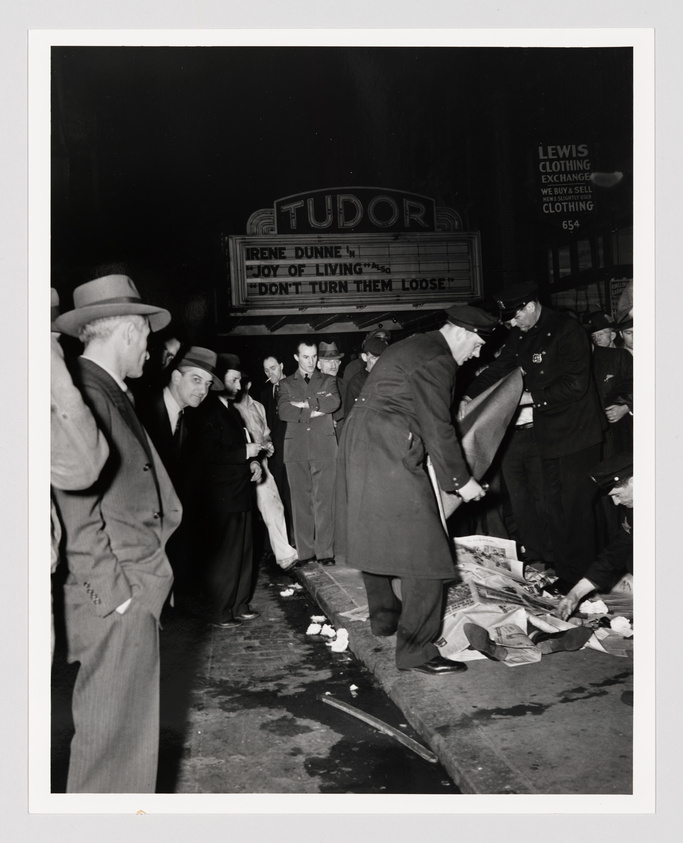
This man covered up with newspapers was killed in an auto accident. The driver of the car was arrested, but he put up such a terrific battle...cops had to put handcuffs on him.
1942 -
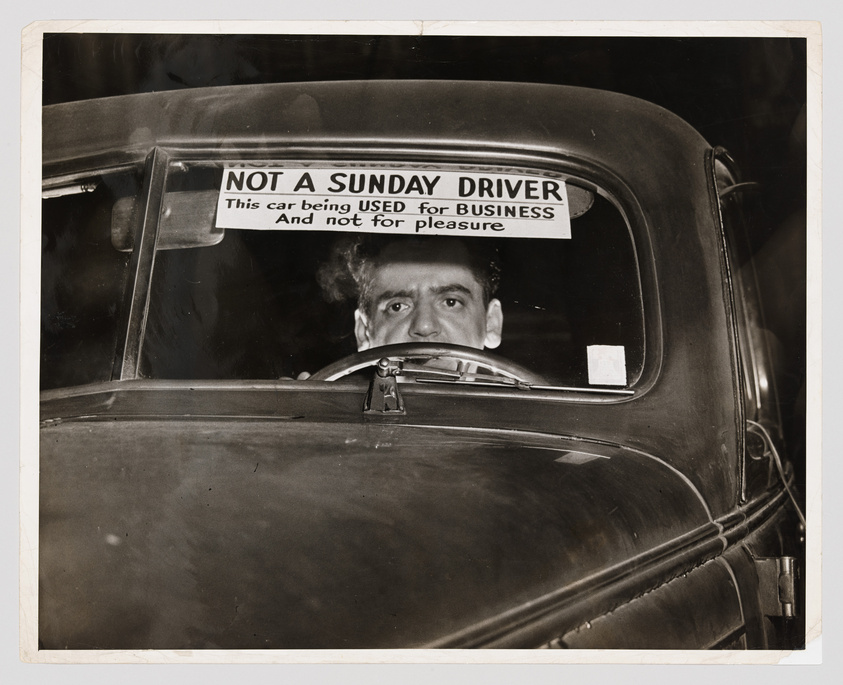
Untitled (Not a Sunday driver)
1942 -
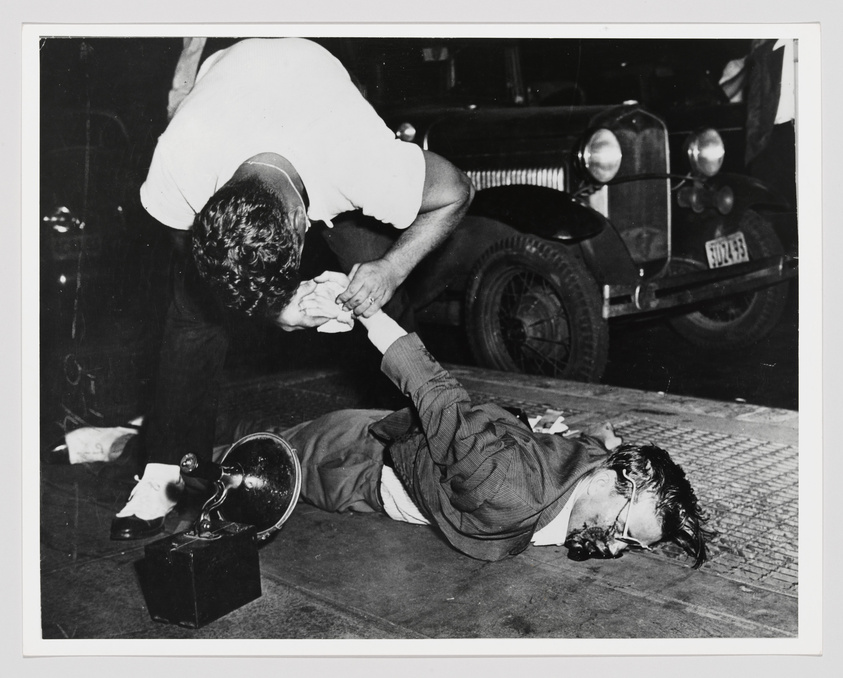
Untitled (Bandit)
1941 -
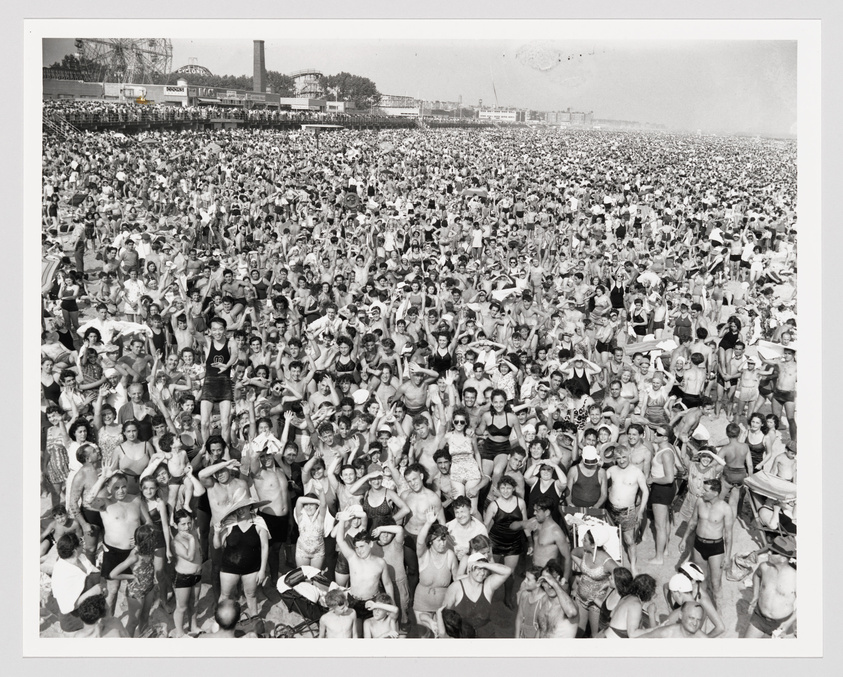
Sardines
1940, print date unknown -
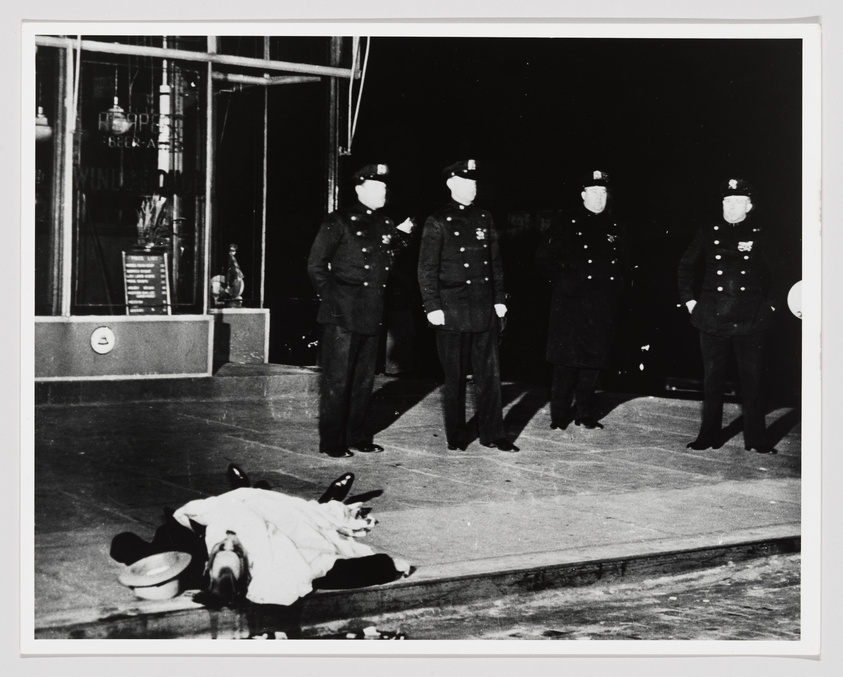
variant of "Slum clearance project--Hell's Kitchen"
c. 1940 -
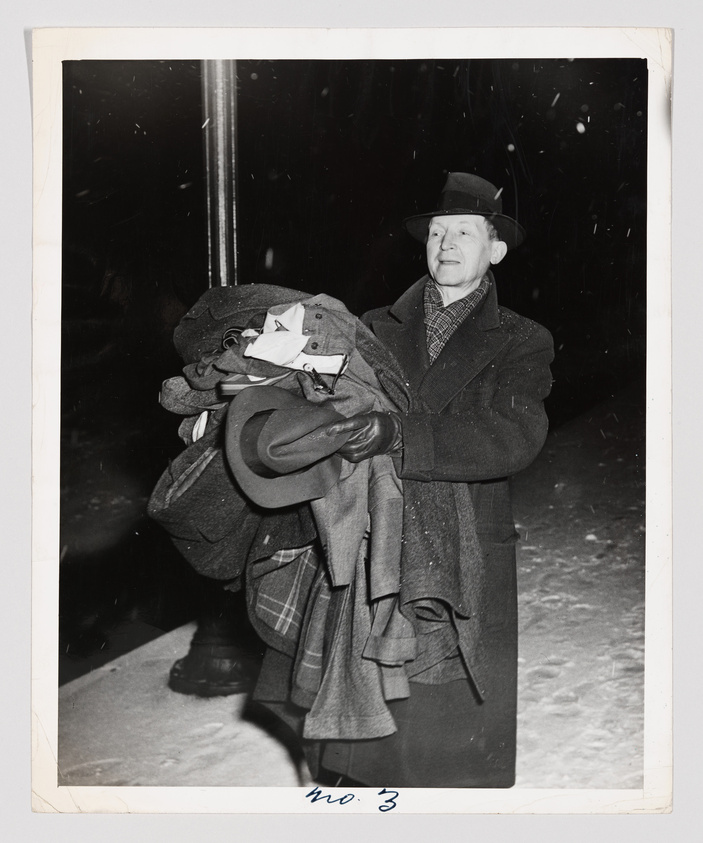
Untitled (Man walking with armful of clothes)
c. 1940s -
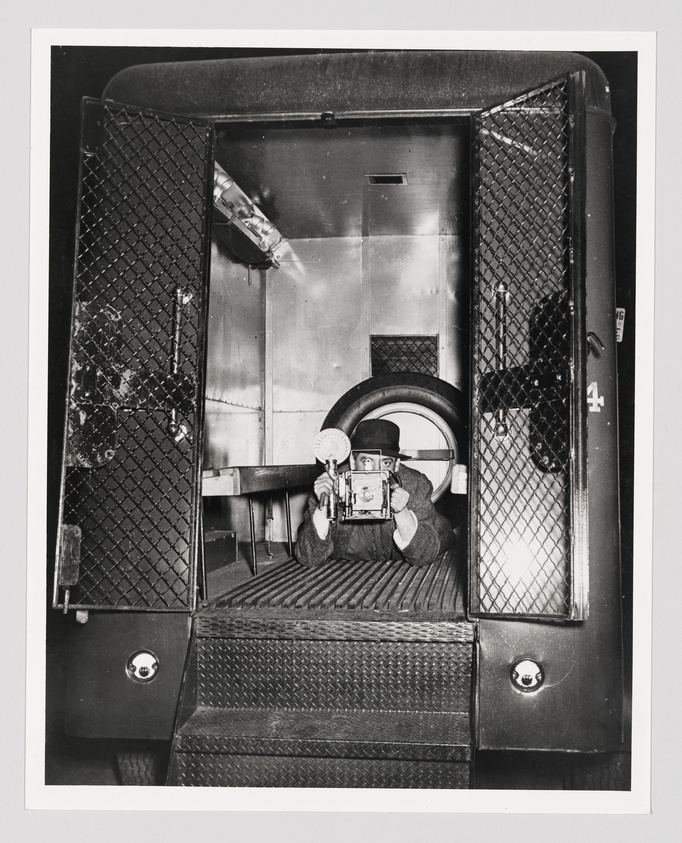
Untitled (Self portrait inside paddy wagon)
c. 1940, print date unknown -
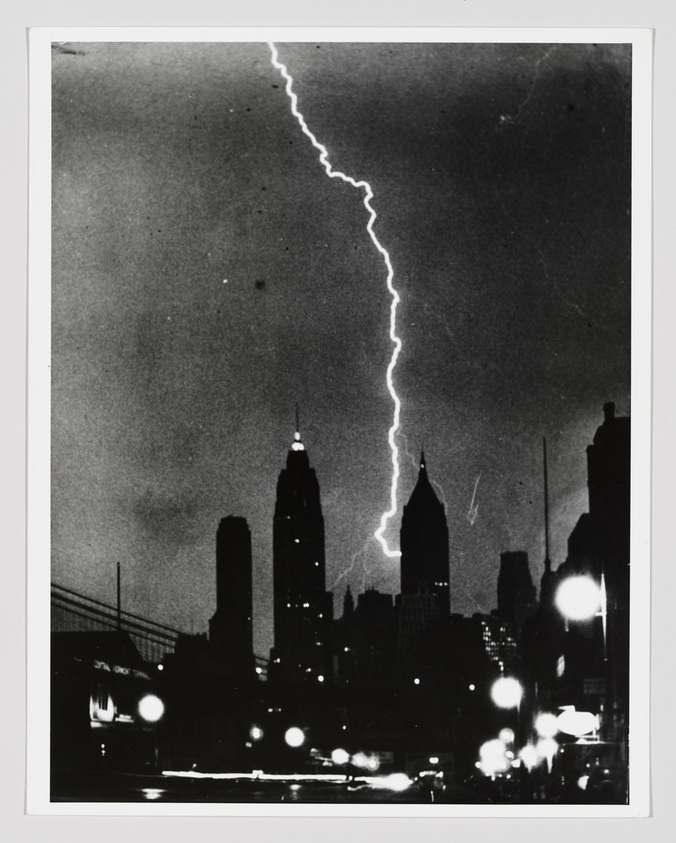
Variant of Untitled (Striking Beauty)
1940
36 works
